Microirrigation for the Mississippi Gardener
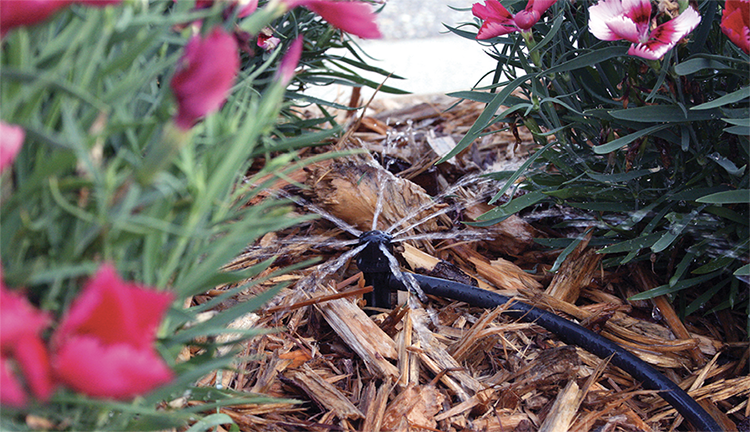
Irrigation is required for optimum plant growth and the proper maintenance of Mississippi gardens and landscapes. Knowing when and how much to water plants is one skill all gardeners need to master. Too much water encourages root-rot problems; too little water leaves plants wilted and lifeless. Watering is not as straightforward as it seems since both plants suffering from root rot and plants that are too dry will often wilt. Failing to provide an appropriate amount of water can result in stunted, underperforming, or even dead plants. In the vegetable garden, yields can be dramatically reduced during improper watering.
Common recommendations for the hot summer season suggest that applying 1 to 1½ inches of water per week using overhead sprinklers will keep the root zones moist enough to encourage optimum growth. But overhead irrigation is an inefficient method of applying water and can encourage foliar diseases to develop.
The demand for water is increasing, and many communities have implemented watering restrictions that conflict with our desires for lush and productive gardens. What options do homeowners have in these situations?
Microirrigation (also called drip or trickle irrigation) is a method of applying smaller amounts of water at ground level right around the roots of plants. Watering rates under microirrigation will vary according to garden and landscape conditions. More water will be required in the heat of the summer season, while less will be needed during the cool season. Also, some plants require more water than others, and soil drainage will have a big influence on watering.
Home gardeners should be conscientious about using water efficiently. A great irrigation approach is to maintain soil moisture by slow and steady watering to supplement insufficient rainfall. Microirrigation provides benefits for gardeners and landscapers, and it can be used to water plants whether in the landscape, garden beds, or containers.
An easy way is to start is by using microirrigation and applying the water directly to the root zones. Microirrigation is measured in gallons per hour (gph) while overhead sprinkler irrigation is measured in gallons per minute (gpm).
Plant stress is reduced significantly by maintaining a moist (but not excessively wet) root zone, and water usage can be reduced by as much as 70 percent when compared with overhead sprinklers. This reduction can make a big difference in the monthly water bill for gardeners using municipal water sources.
Gardeners can take advantage of several different application strategies: soaker hoses, adjustable emitters/sprinklers, drip tapes, and pressure-compensated emitters.
Soaker hoses are good for vegetable garden rows or long flower beds and keep the beds moist and walkways dry. This porous hose applies targeted irrigation by “sweating” along its entire length. Soaker hoses typically deliver from ½ to ¾ gpm along each 100 feet of hose. So, for example, turning a soaker hose on for 10 minutes applies 5 to 7 gallons of water.
Adjustable emitters allow the gardener to tailor the amount of water delivered based on plant needs. Individual plants can be watered by placing emitters at each plant. Because water usage can vary between plants, adjustable-flow emitters give the gardener the opportunity to adjust irrigation volume accordingly, typically from 1 to 10 gph. For wider areas microsprinklers are useful. While these are overhead sprinklers, the volume of water is limited to only 10 gph. Variations in water pressures can change irrigation delivery rates.
If you’re interested in really controlling the amount of water you use in the garden, consider using drip tapes or pressure-compensated emitters.
Drip tapes are good for vegetable garden rows or long flower beds and keep the beds moist and walkways dry. Drip tapes have controlled volume emitters and emitter spacings from 6 to 36 inches.
Pressure-compensated emitters regulate the amount of water being applied, measured in gph, regardless of water pressure. These emitters are available in a variety of styles in different application rates ranging from ½ to 2 gph, and their use is based on plant needs.
Microirrigation systems starter kits make it easy to get started and are to install. These kits (containing tubing, emitters, timers, and tools) are available at home-improvement stores and garden centers. They can be connected directly to an outside hose faucet, making for a very simple and straightforward installation.
Additional tubing, fittings, and emitters are also available to expand your microirrigation system. Battery-operated and solar timers are great to use to automate the irrigation in the garden and landscape. There are even systems that monitor rainfall accumulation or have soil-moisture sensors that allow the system to automatically adjust watering times to deliver an appropriate amount of water. This automation prevents the irrigation system from adding unnecessary water that can leach nutrients from the soil and contribute to excessive runoff.
Additionally, if you have an existing irrigation using pop-up sprinklers, conversion kits are available to convert to microirrigation.

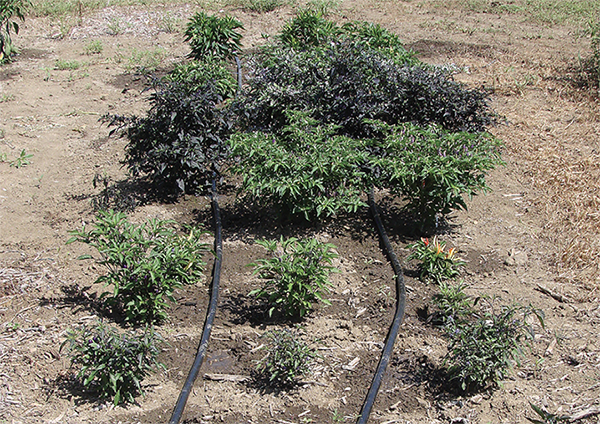
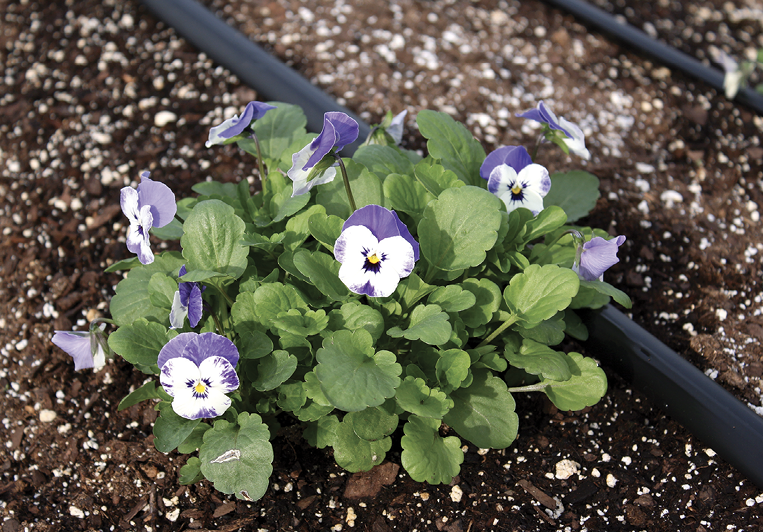

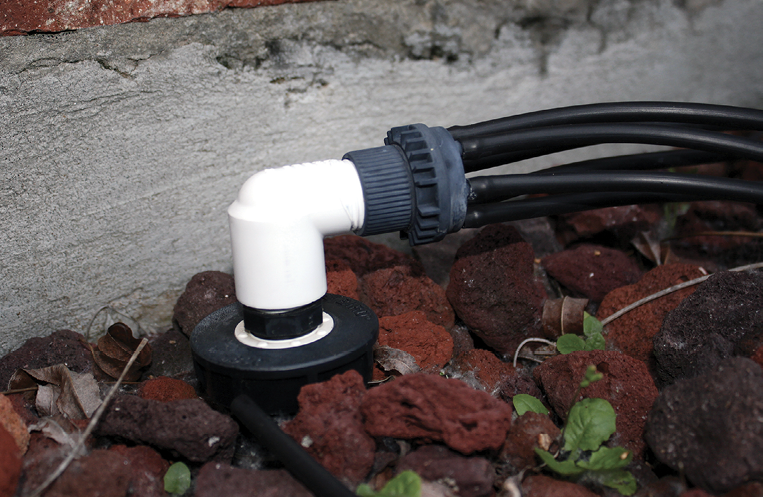
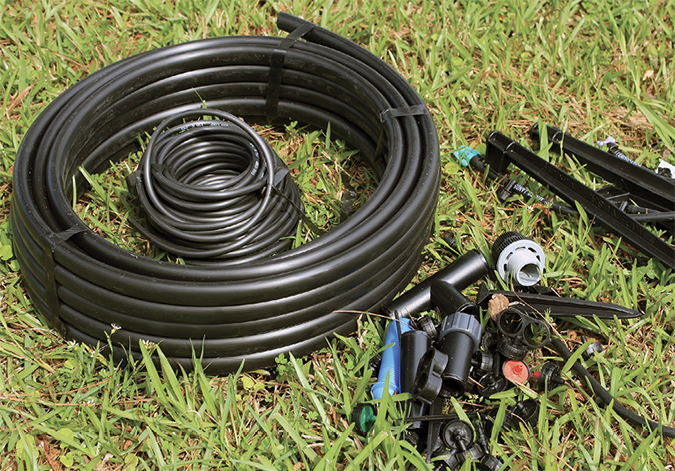
Publication 3683 (POD-8-21)
By Gary R. Bachman, PhD, Extension/Research Professor, Coastal Research and Extension Center.
The Mississippi State University Extension Service is working to ensure all web content is accessible to all users. If you need assistance accessing any of our content, please email the webteam or call 662-325-2262.









